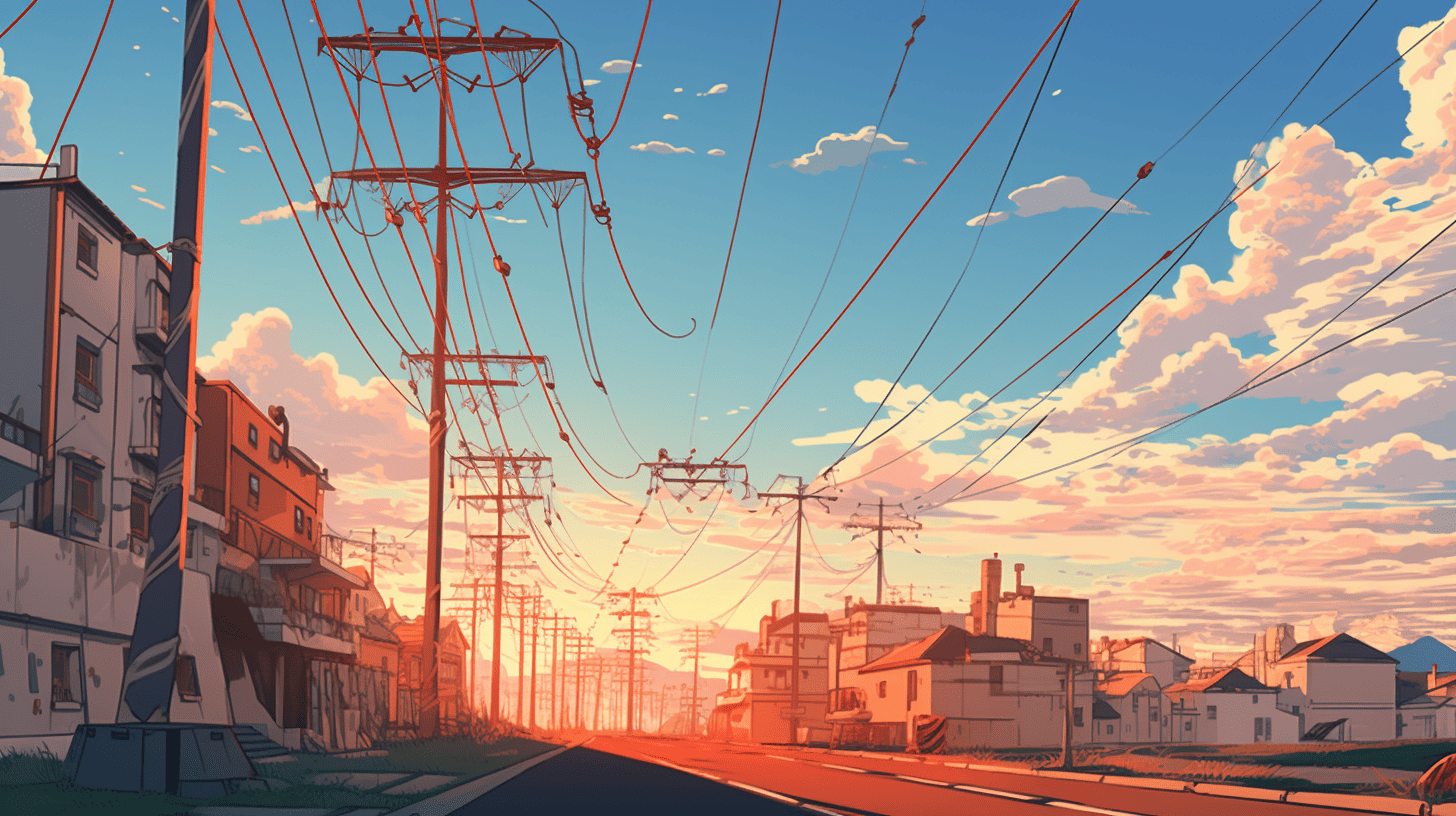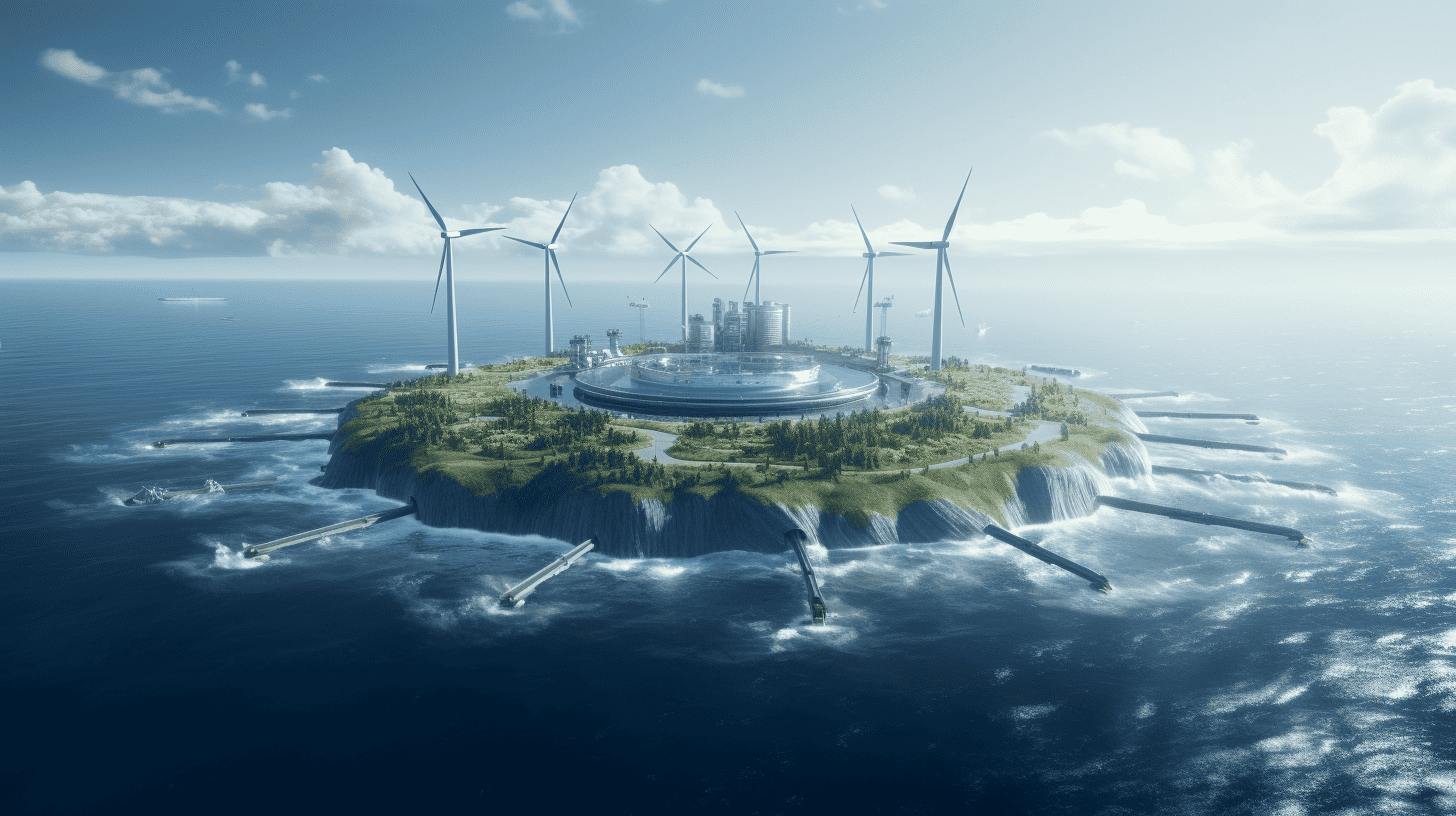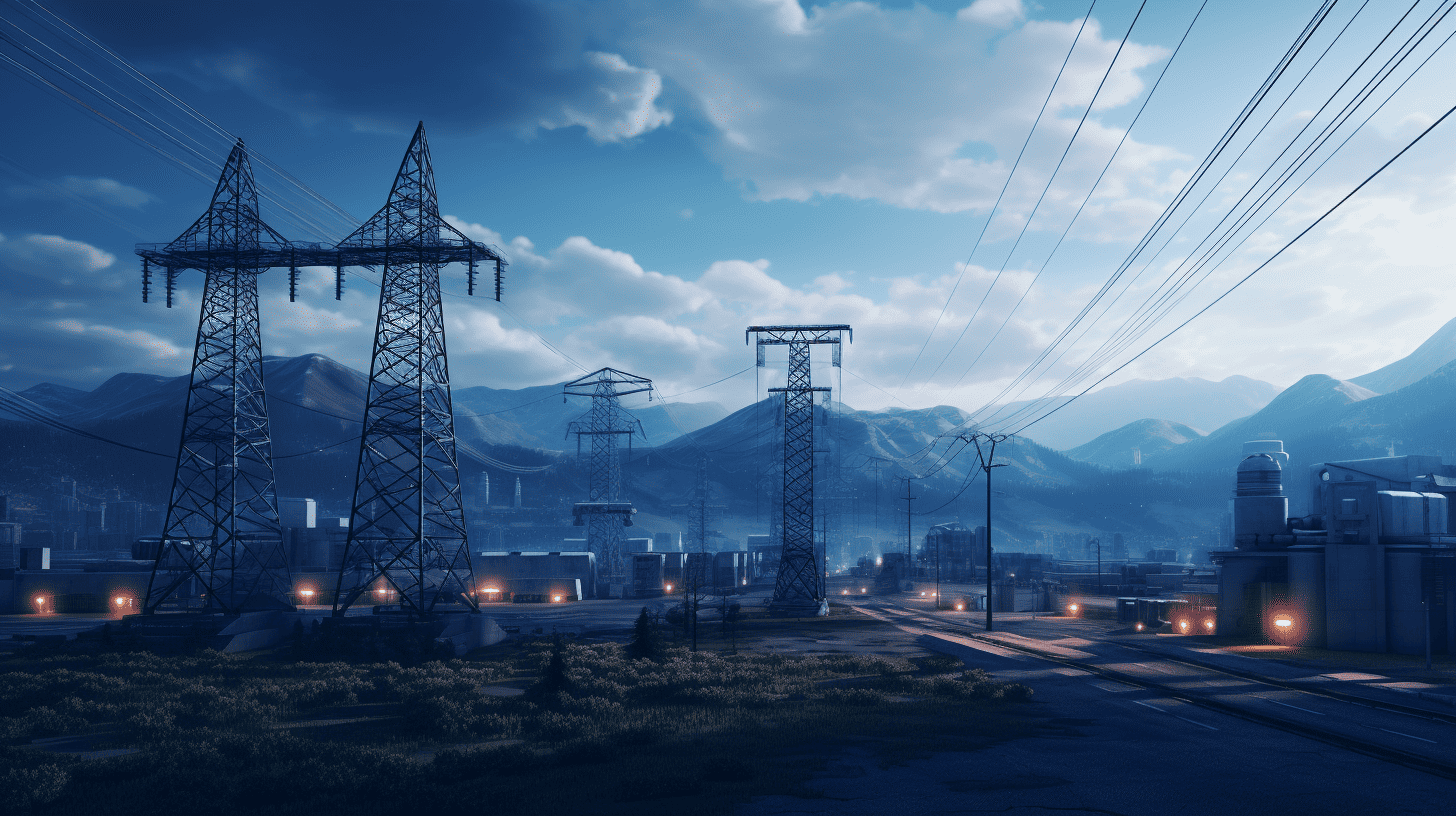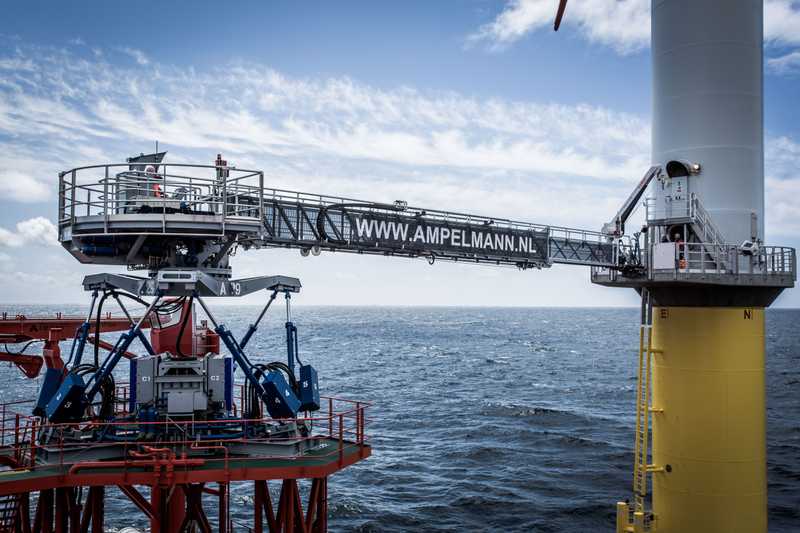
The International Energy Agency reported that current electricity grids may be insufficient for supporting clean energy transitions. As we advance towards a cleaner energy future, grids play a crucial role in connecting new power supplies with demand. However, without the necessary upgrades and expansion, there’s a risk that the transition could stall, leading to prolonged reliance on fossil fuels and increased emissions. The report strongly advocates for policymakers to focus on investment, regulation, and planning to support these transitions, stating that electricity demand needs to grow 20% faster in the next decade to reach net-zero emissions by 2050.
- Inadequate grid investment threatens clean energy progress and may lead to prolonged fossil fuel reliance.
- Grid upgrades and reforms are essential for achieving net-zero emissions by 2050.
- Delayed grid development could increase CO2 emissions, reliance on gas and coal, and risk economically damaging outages.
The crucial role of electricity grids
Electricity grids are the lifeblood of our modern life, ensuring that power flows to our homes, industry, and services. As we move towards a cleaner energy future, these grids play an increasingly critical role in connecting new power supplies with demand. The International Energy Agency (IEA) has underlined the centrality of these grids in advancing clean energy transitions. However, it also warns that without sufficient investment and reform, these grids could become a bottleneck, stalling clean energy transitions and leading to increased reliance on fossil fuels.
According to the IEA, electricity demand needs to grow 20% faster in the next decade, and even more rapidly thereafter, to achieve net-zero emissions by 2050. Wind and solar PV are expected to account for over 80% of the total increase in global power capacity in the next two decades, underscoring the need for robust and resilient grids. The IEA report further indicates that at least 3,000 GW of renewable power projects are waiting in grid connection queues, further emphasising that grids are indeed becoming a bottleneck for clean energy transitions.
Impact of delayed grid development
The IEA report paints a sobering picture of what could happen if grid development and reform are delayed. In a scenario referred to as the “Grid Delay Case”, slower uptake of renewables and higher fossil fuel use would lead to 58 gigatonnes higher CO2 emissions by 2050 compared to a scenario aligned with climate targets. This would not only hinder energy transitions but also put the 1.5 °C goal out of reach.
Delayed grid development would also increase reliance on gas and coal, with higher gas imports by over 80 billion cubic metres per year and coal imports by nearly 50 million tonnes. Such a scenario would also increase the risk of economically damaging outages, which already cost around USD 100 billion per year.
A call for action
The IEA report makes it clear that inaction is not an option. It calls for grid investment to double by 2030 to over USD 600 billion per year to meet national climate targets, with a focus on digitalisation and modernisation of distribution grids. Policymakers are strongly urged to create frameworks for grid transformation, balancing cost, acceptability, and sustainability.
There is a need for significant action in advanced economies and emerging markets alike. Challenges include long lead times for transmission grid projects in advanced economies and falling investment in emerging market and developing economies. The report highlights that technological advancements like microgrids and storage can complement grid development but do not replace it.
Possible innovations for efficient electricity distribution
While the electricity network largely operates on alternating current (AC) due to historical stability, direct current (DC) can contribute to better utilisation of the electricity infrastructure. DC can transport 50% more energy compared to AC, leading to better utilisation of the infrastructure. However, safety aspects must be considered as stray currents from DC can be more harmful than those from AC.

Apart from technological solutions, dynamic capacity planning and trading can be a solution to grid congestion. It enhances the predictability of transport capacity usage and makes unused capacity available to other users. Introducing a trading system for network capacity allows for optimal use of the network and prevents congestion. However, it calls for new laws, rules, and a change in thinking among the users.

Conclusion
The current state of electricity grids is a crucial factor in our transition to a cleaner energy future. Without significant investment, reform, and innovative solutions, these grids could become a bottleneck that hinders this transition. Therefore, it is imperative that policymakers, industry, and businesses act now to ensure that our grids are fit for the future.







